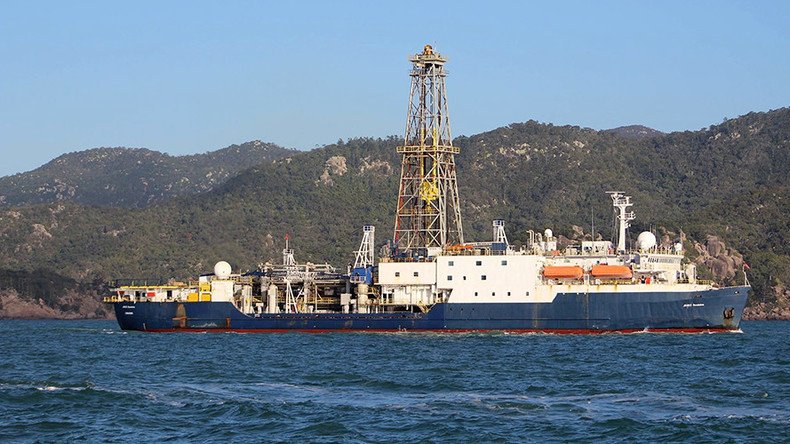‘Lost continent’ Zealandia had dramatically different climate – study

Scientists exploring the secrets of the ‘lost continent’ Zealandia believe above-water “pathways” – through which animals could travel – might once have existed around the sunken land mass.
The maiden exploration of Zealandia – a submerged continent located in the South Pacific Ocean – concluded on Tuesday, with researchers on board the ship JOIDES Resolution docking in Tasmania.
#RiceResearch: Zealandia: Lost continent beneath New Zealand to be drilled (via @IBTimes ) https://t.co/eev6xALlbMpic.twitter.com/5mSQ9byElF
— Rice University News (@RiceUNews) July 21, 2017
According to Gerald Dickens, an expedition leader from Rice University in the US, their sampling indicates that volcanic activity around the Pacific Ring of Fire 50 million years ago had a dramatic impact on the geology of Zealandia.
READ MORE: Zealandia: Study confirms Earth has hidden continent
“More than 8,000 specimens were studied, and several hundred fossil species were identified,” said Dickens.
“The discovery of microscopic shells of organisms that lived in warm shallow seas, and of spores and pollen from land plants, reveal that the geography and climate of Zealandia were dramatically different in the past.”
It’s thought the volcanic activity in the region may have changed the depth of the ocean floor, meaning more areas on Zealandia, which is now 96 per cent submerged, may have been above or close to the surface of the ocean.
“Big geographic changes across northern Zealandia, which is about the same size as India, have implications for understanding questions such as how plants and animals dispersed and evolved in the South Pacific,” said co-chief scientist, Rupert Sutherland.
“The discovery of past land and shallow seas now provides an explanation. There were pathways for animals and plants to move along,” he said.
READ MORE: Sun explosions & space hurricanes: The silent threat to global communications systems
In part funded by the US National Science Foundation, the nine-week scientific expedition saw sediment samples and fossils collected from six sites between Australia and New Zealand.
Zealandia’ status was the subject of debate for two decades, until last February when the Geological Society of America argued that the 4.9 million sq km (1.89 million sq-mile) formation met the criteria of a continent.












